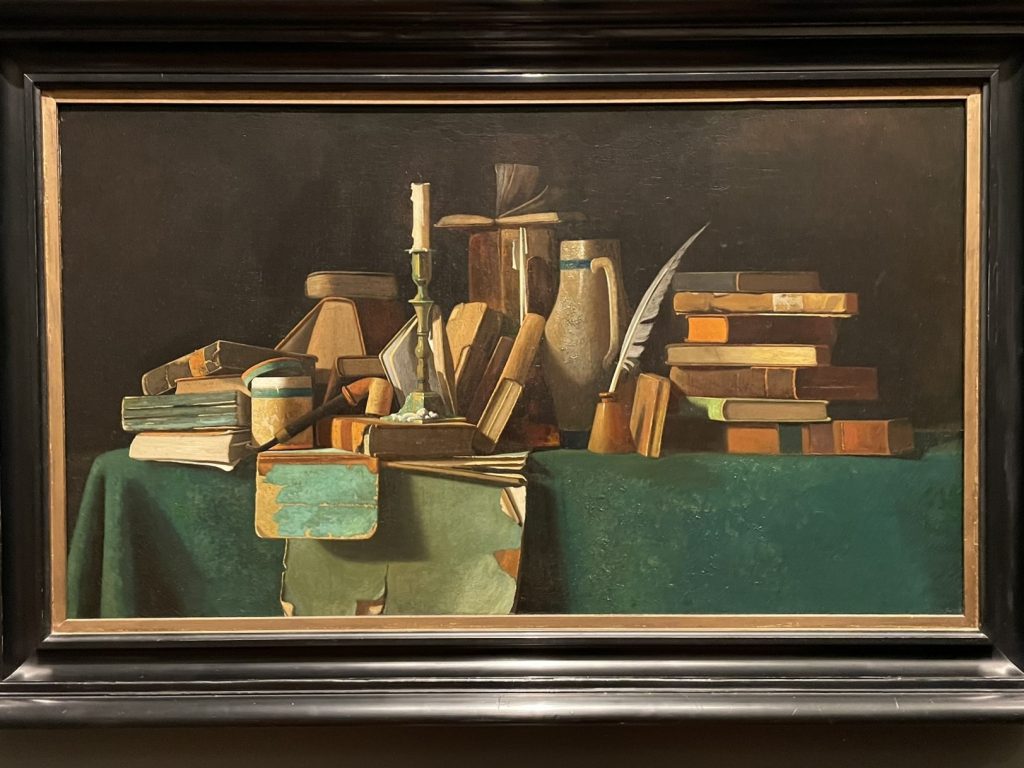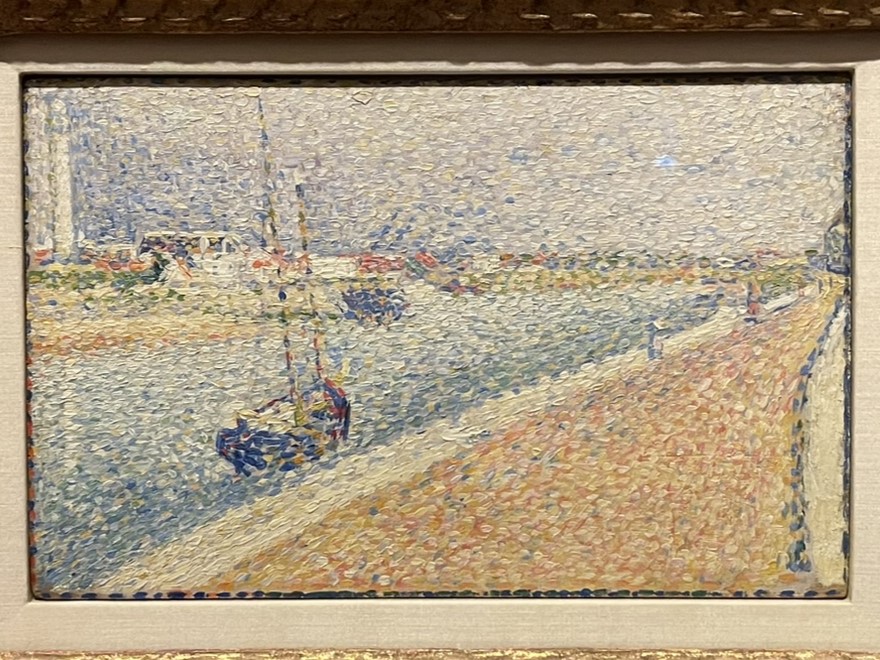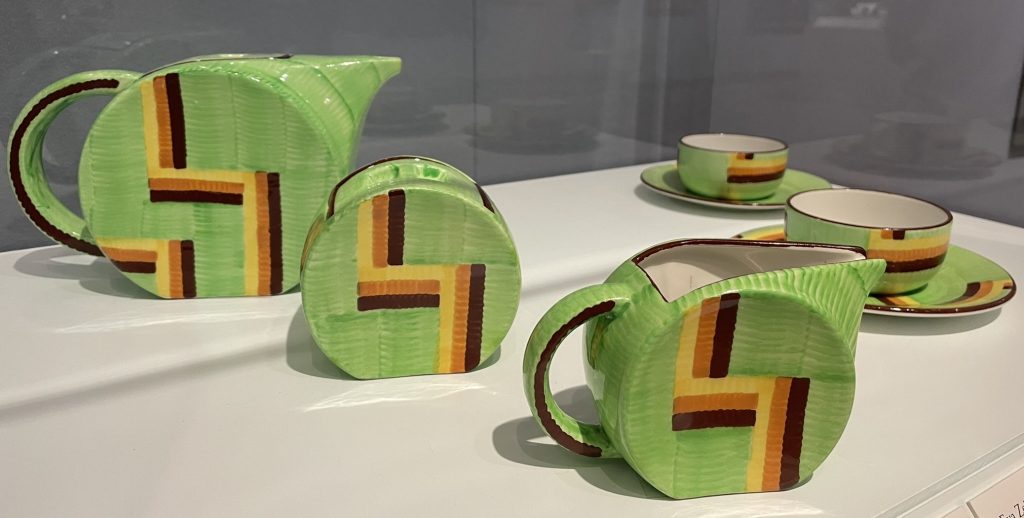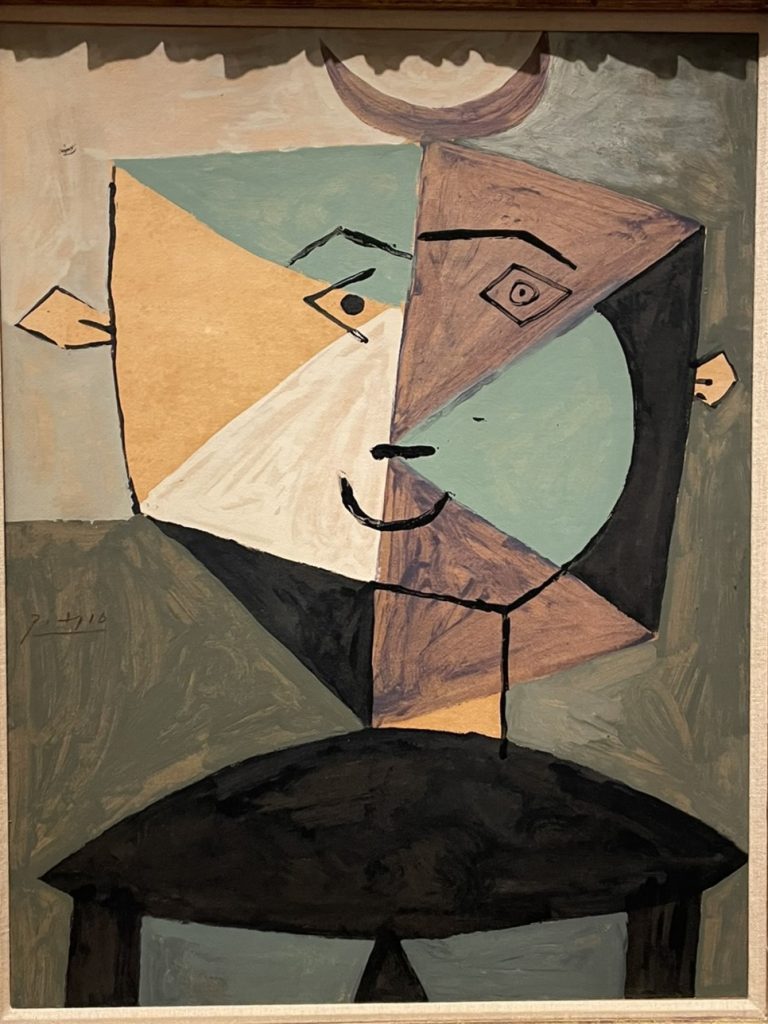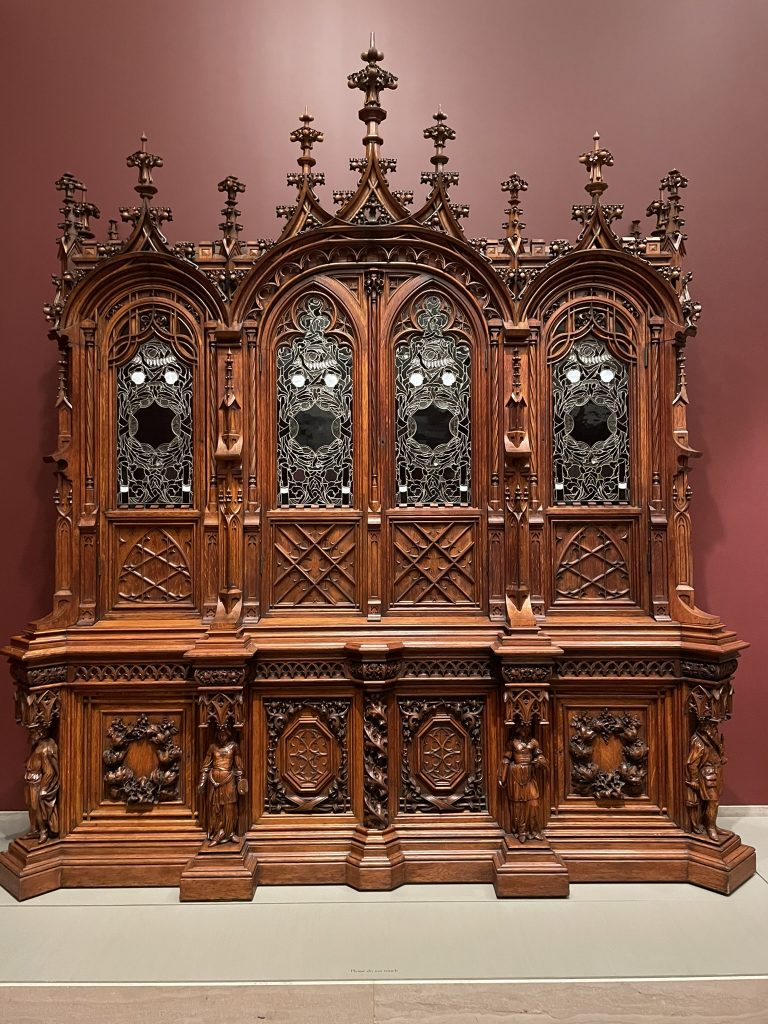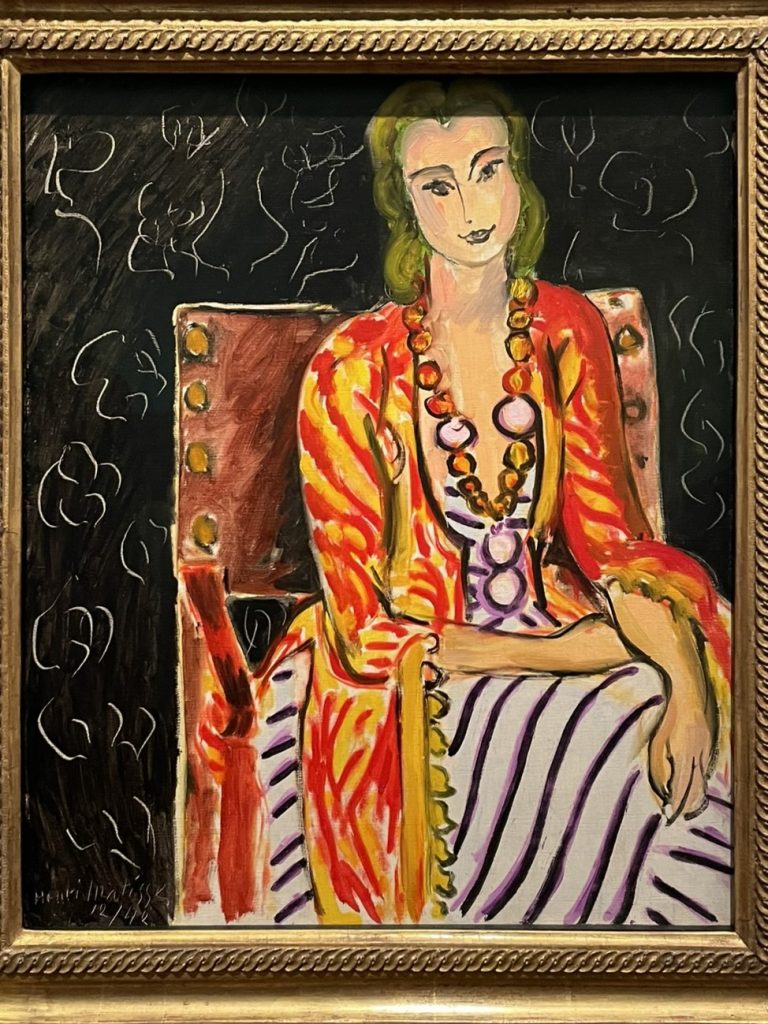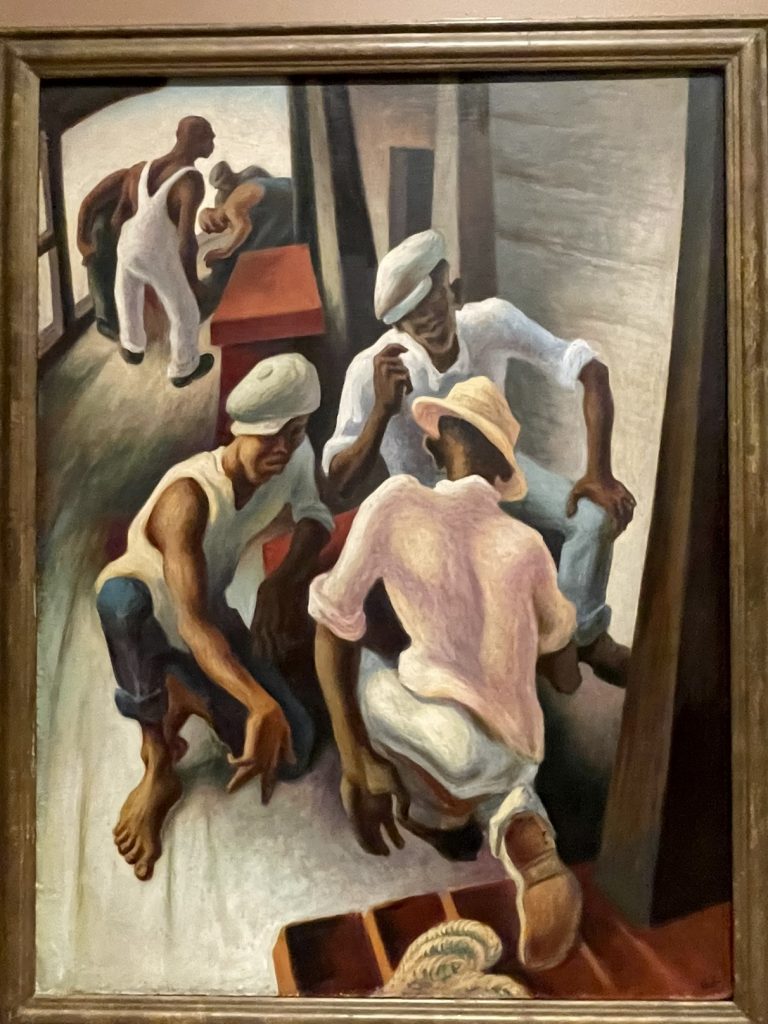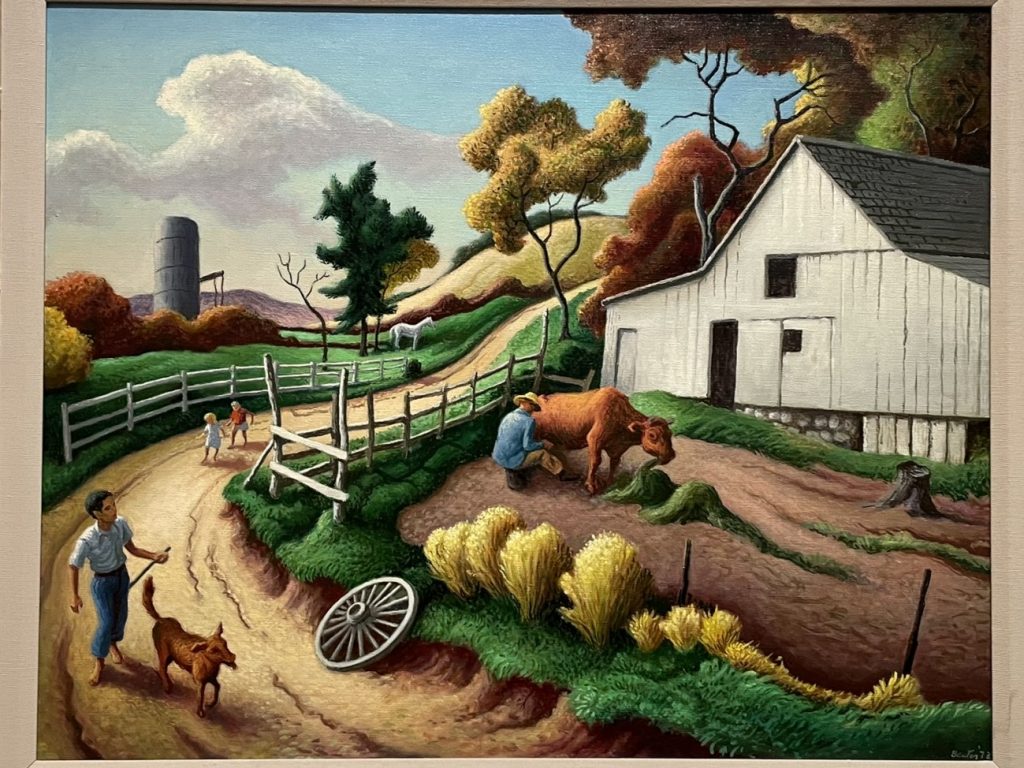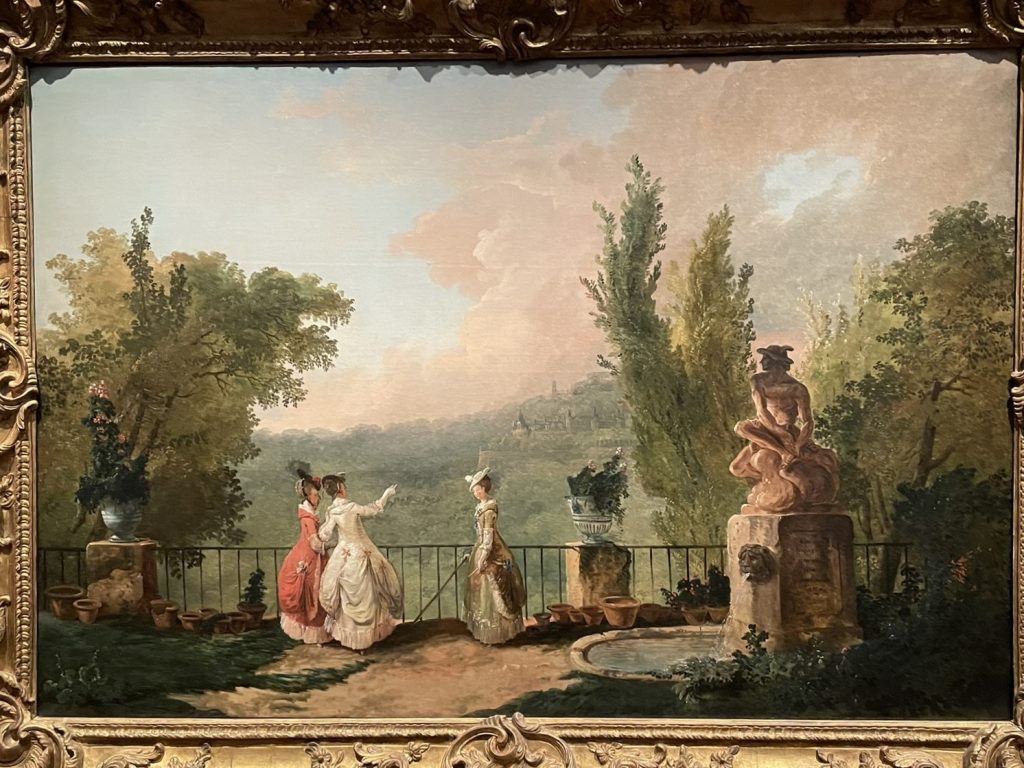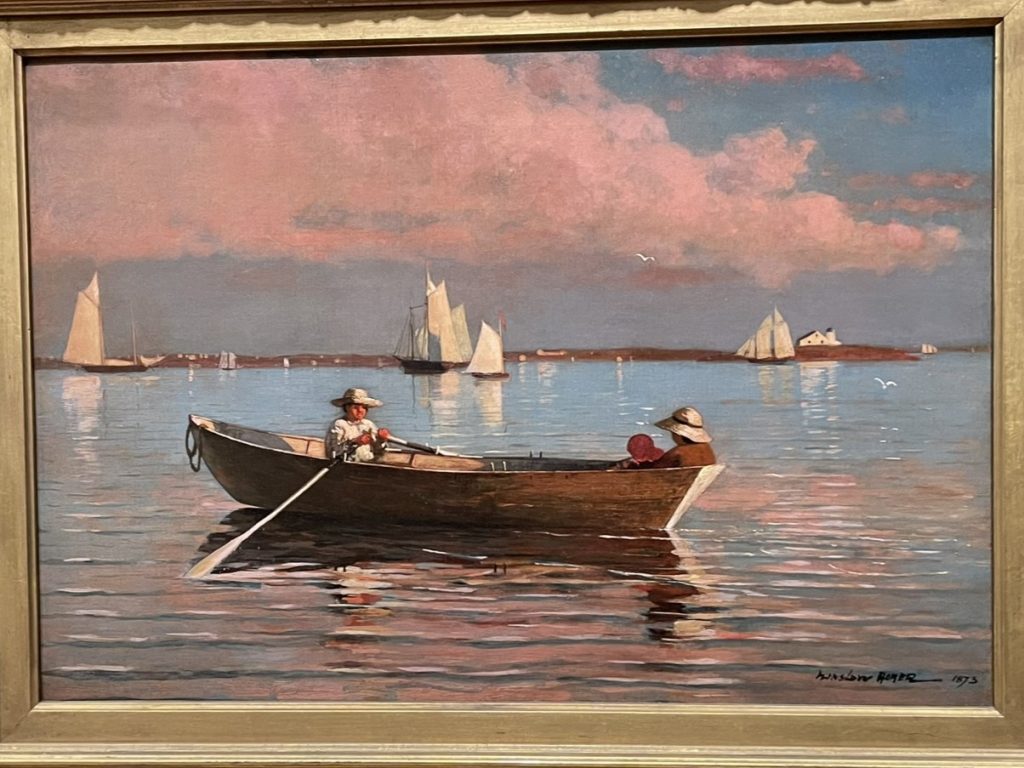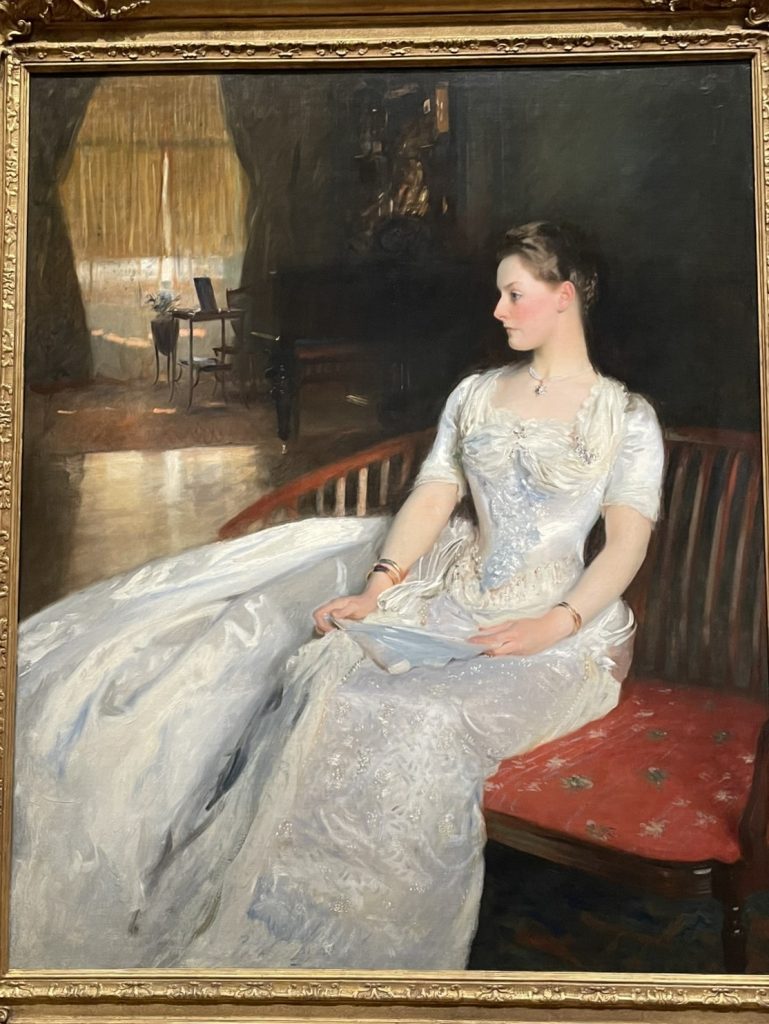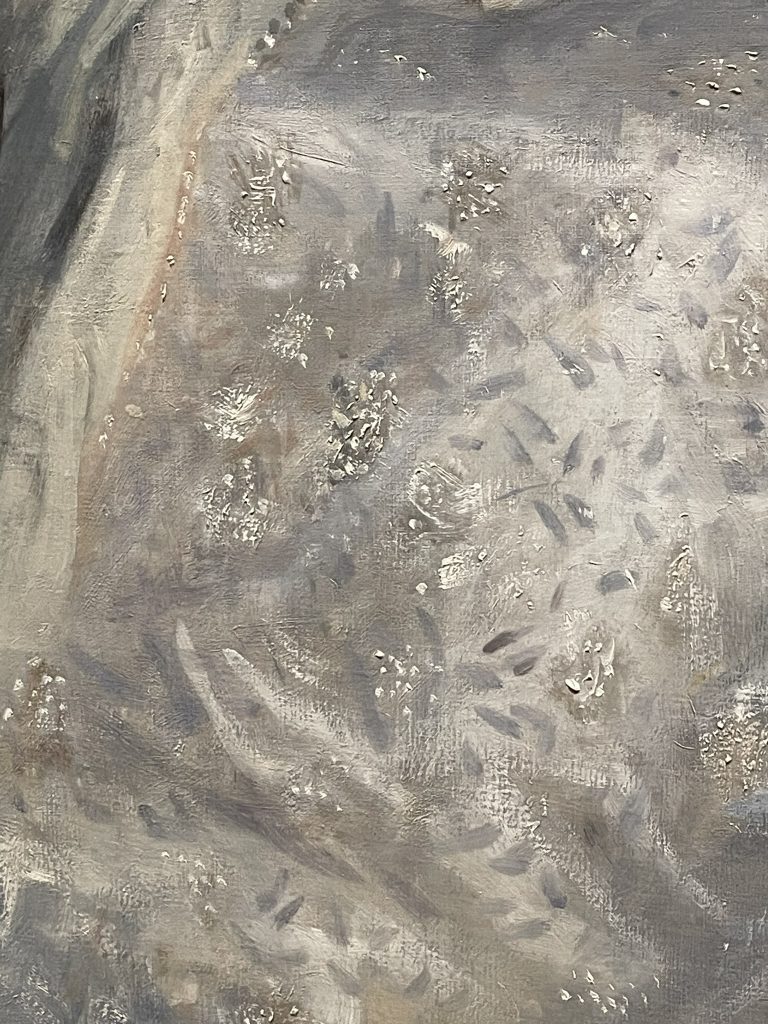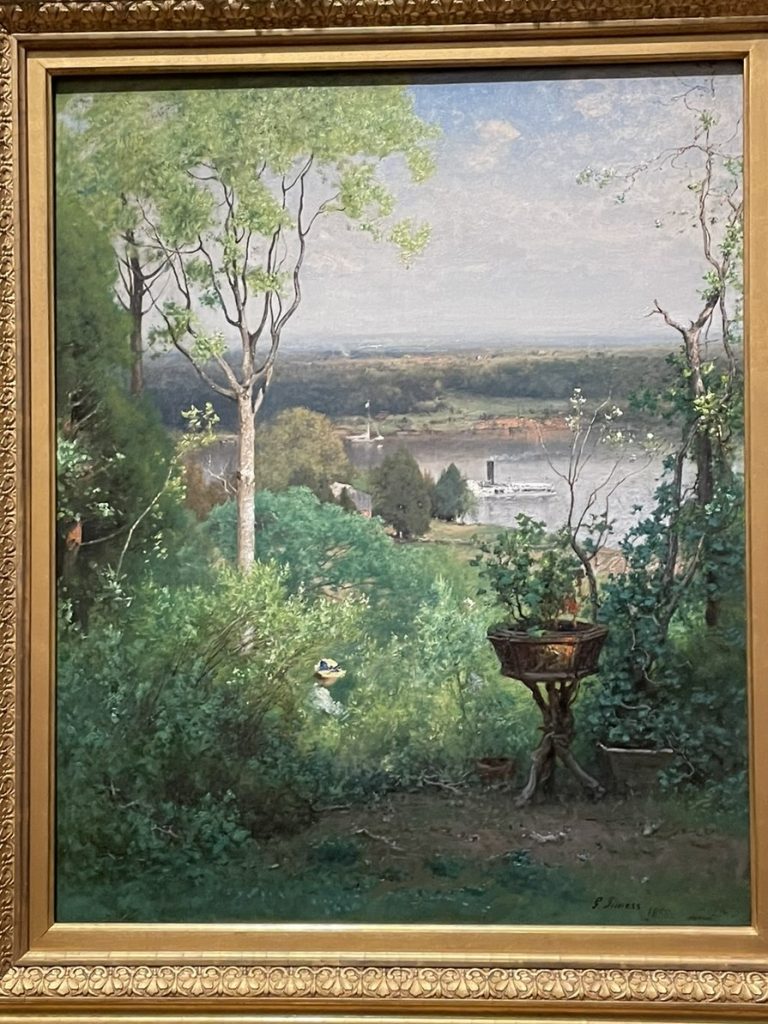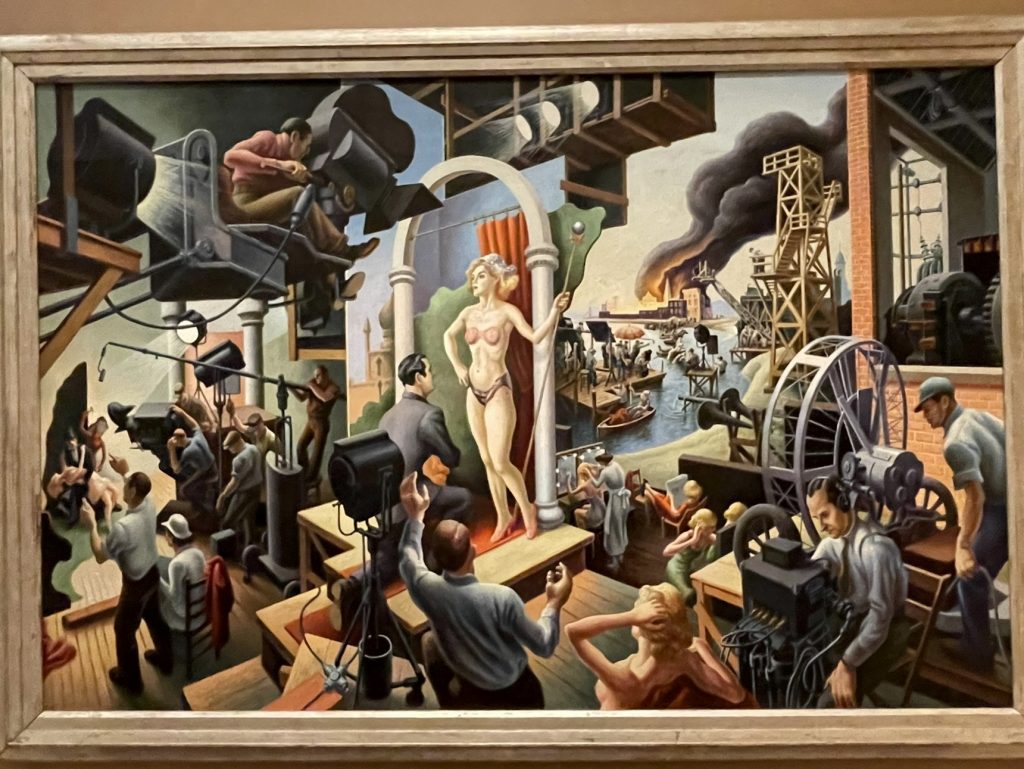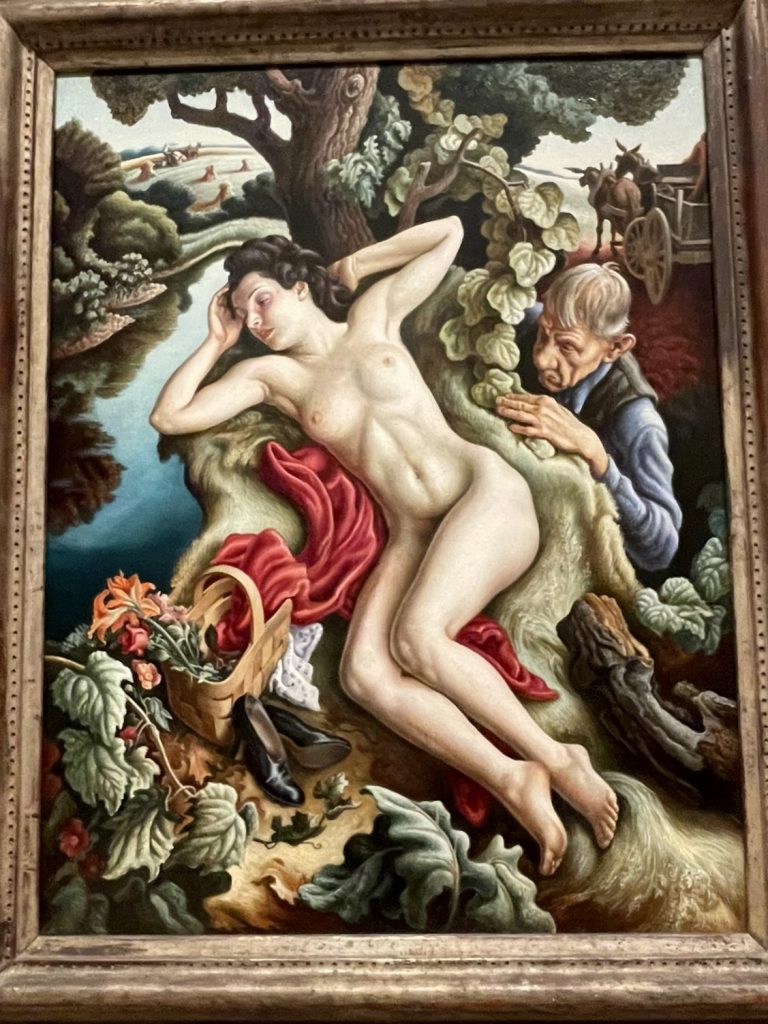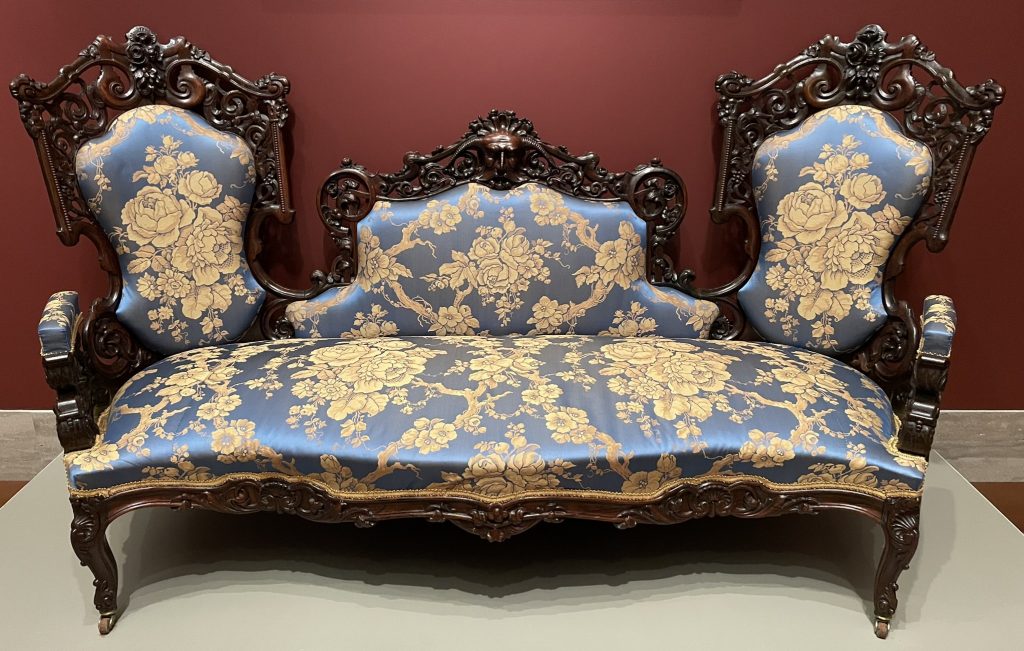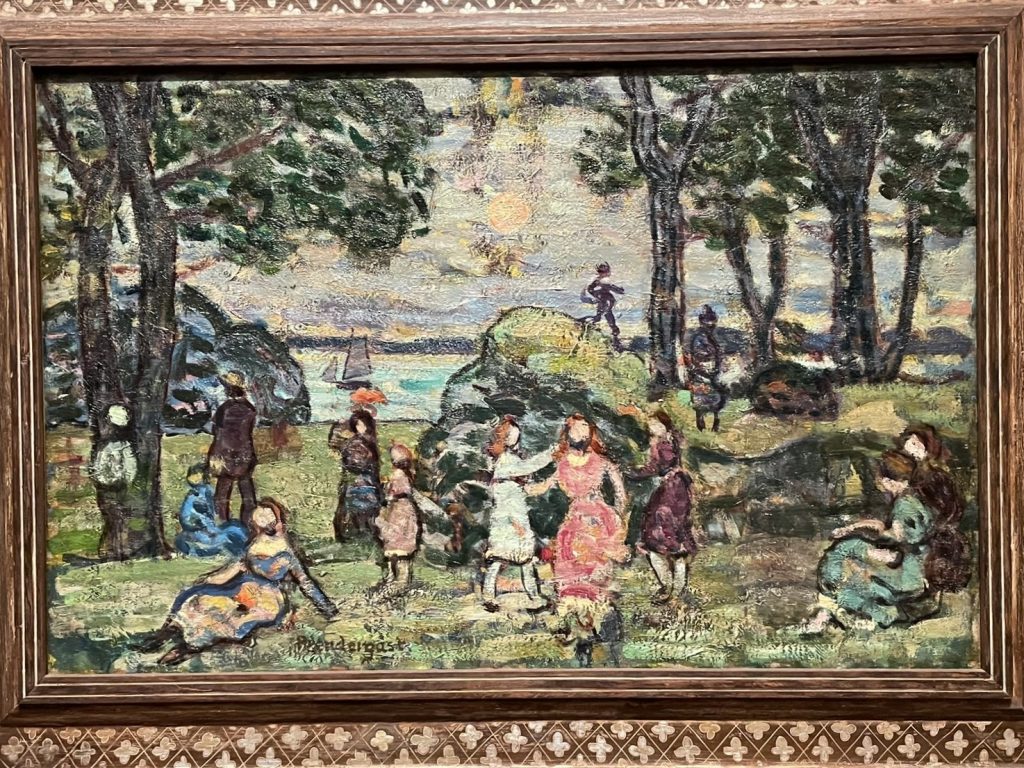Monet, Renoir, van Gogh, Pissarro, Sisley, Sargent –– there was obviously no doubt we’d be going to the Nelson-Atkins Museum of Art in Kansas City, Missouri. And thanks to a little bit of luck, we were there during the exhibition “Monet in Conversation.”
The Museum is “known for its encyclopedic collection of art from nearly every continent and culture, and especially for its extensive collection of Asian art” (Wikipedia).
Its origins date back to 1911, when Mary McAfee Atkins, widow of a real estate speculator, died, and bequeathed $300,000 to establish an art museum (the value of which more than doubled in the following years while trustees were trying to figure out what to do). Then in 1915 publisher William Rockhill Nelson died, leaving several million in his estate for purchasing artwork for public enjoyment.
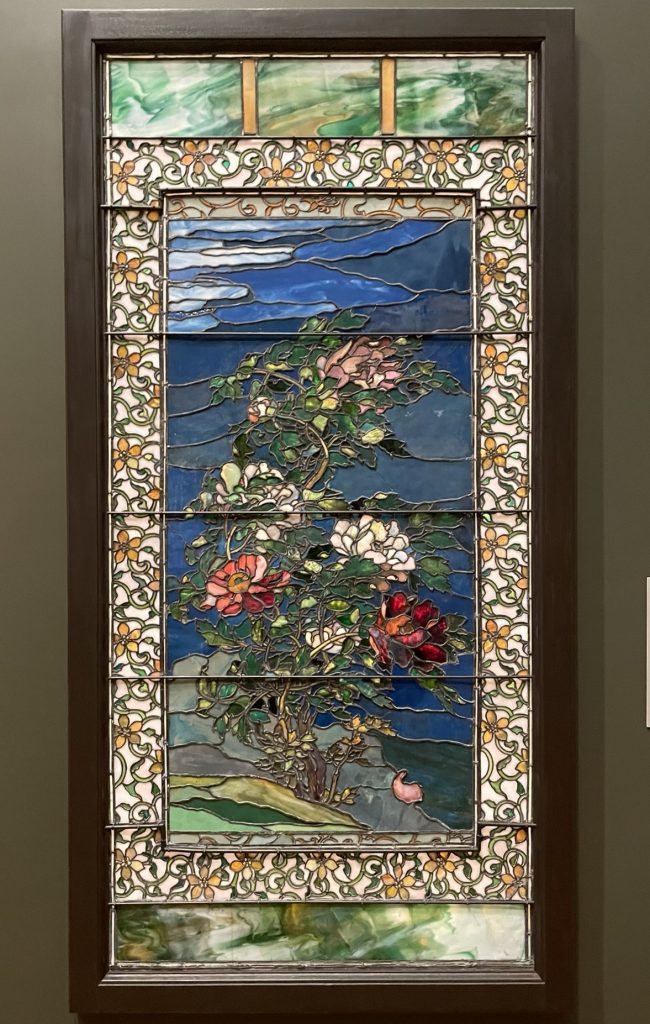
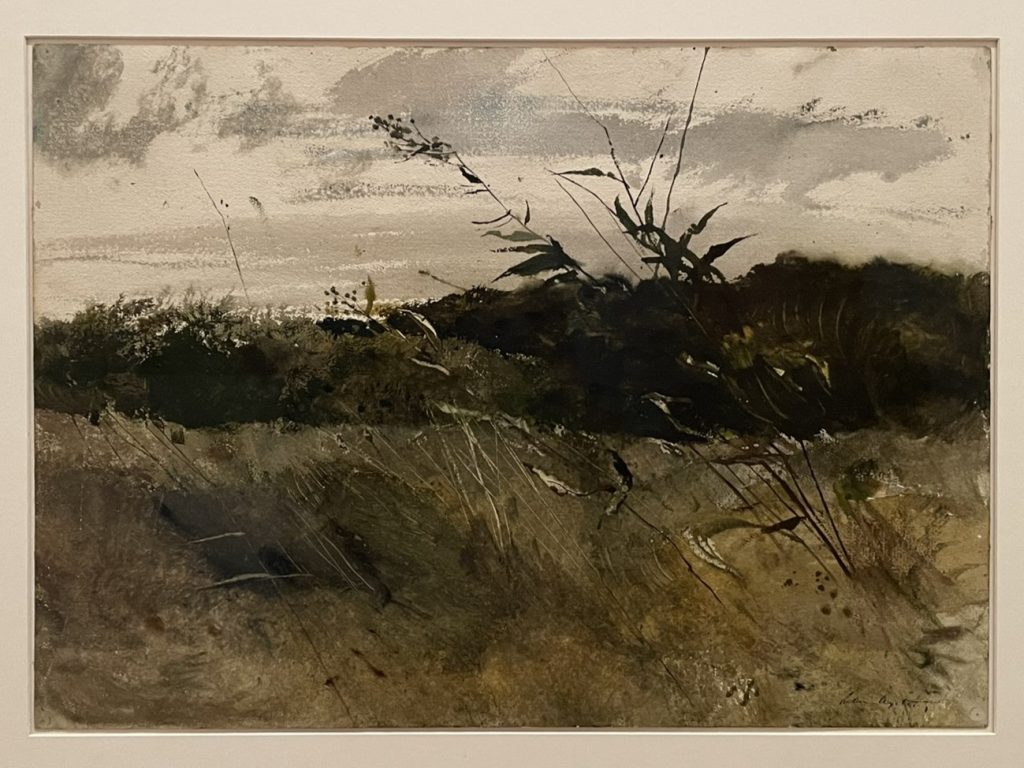
The initial plan was for two art museums, but the trustees eventually came to their senses and combined the two estates, along with some smaller bequests from others. The museum opened in 1933, with an Atkins wing and a Nelson wing. It formally combined into one cohesive unit in 1983.
Thanks to money being left instead of personal collections, curators were able to assemble the collection themselves. Additionally, this was being done during the Great Depression, which meant lots of items for sale on the cheap. It didn’t take long before the Nelson-Atkins had one of the largest collections of art in the country!
In 2007, an expansion was unveiled that increased space by 55%. Today the museum has impressive collections in so many categories. They hold over 40,000 items and are considered one of finest general arts museums in the United States.
I felt like we saw tons of wonderful paintings and other artworks, not to mention how fun it is to see the works of artist’s whose homes and studios we’ve been to: Wyeth, Peto, Benton, Cole.
But where’s all the impressionist paintings in this post? I had to make another post, there was too much not to share!
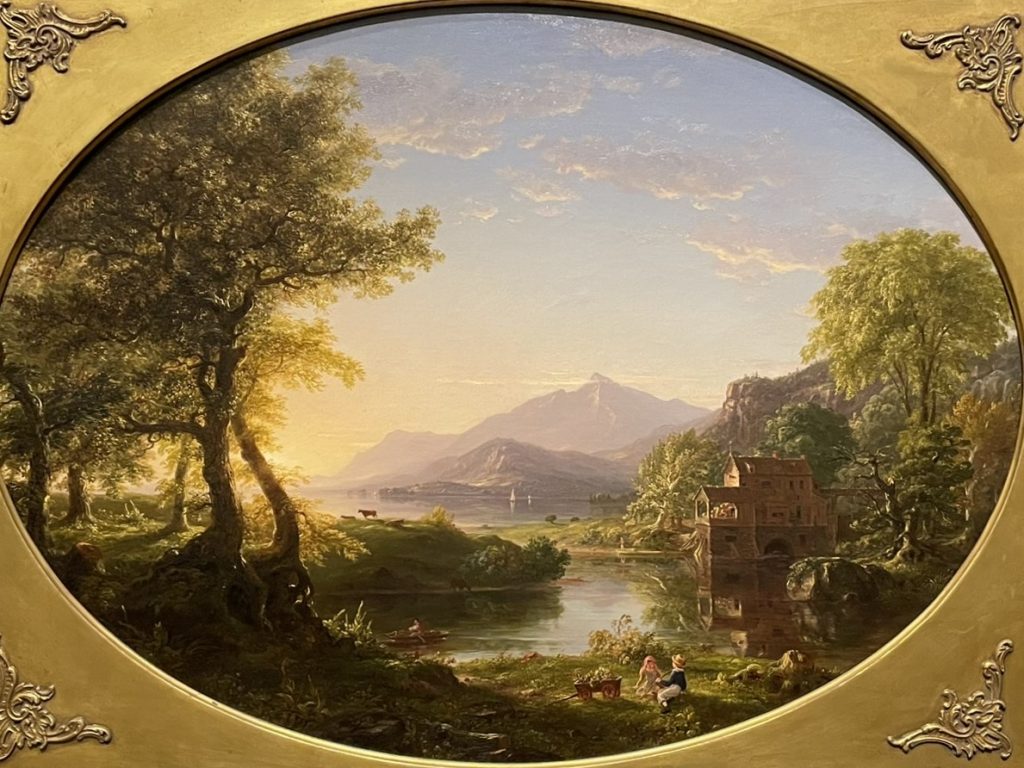
The cover photo is the top of a Tiffany Studios floor lamp, circa 1902-19.
